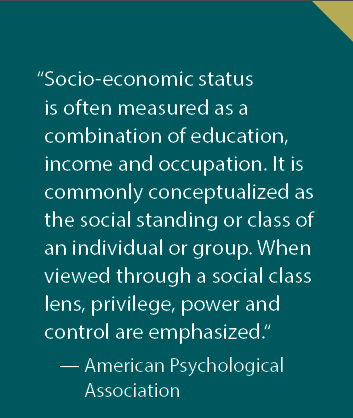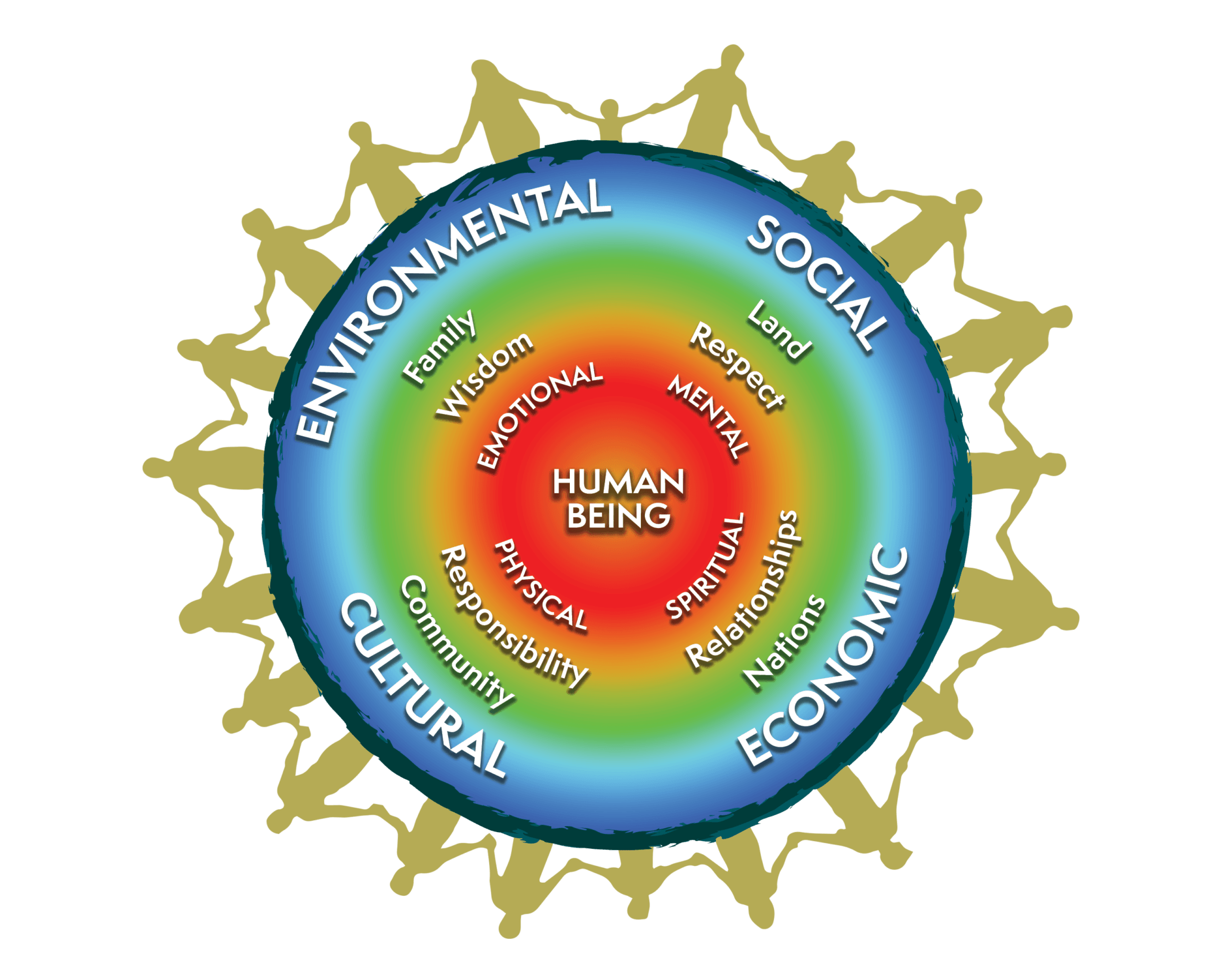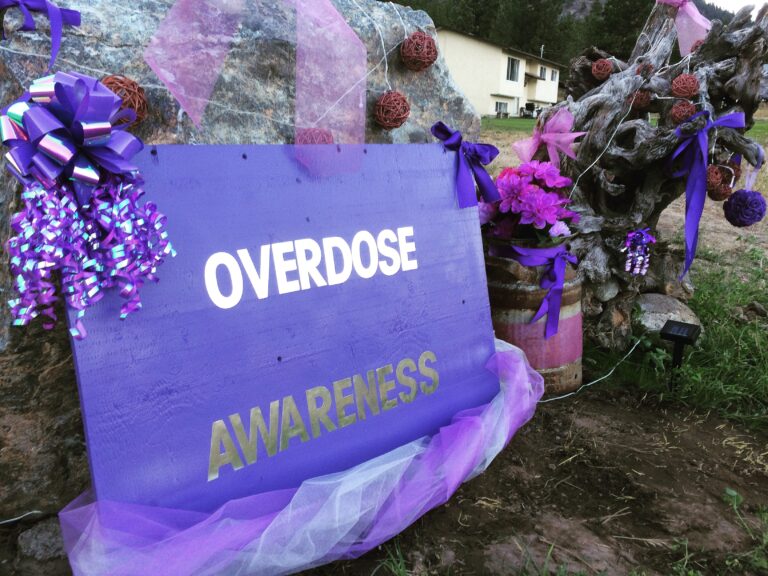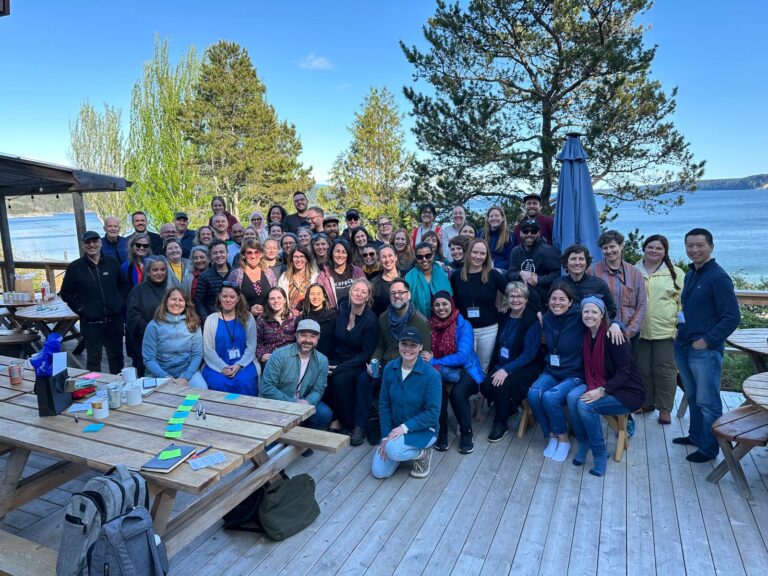11 September 2017
Bridging the Gap: How can we fast-track socio-economic equality for Indigenous Peoples in Canada?
By Trina Wamboldt, Community Catalyst
It’s high time that the socio-economic status of Indigenous peoples in Canada becomes equal to that of non-Indigenous Canadians. While it seems that things are trending in the right direction with education, employment and income levels slowly improving, there are still too many Indigenous peoples living below the poverty line and struggling to get ahead. As the fastest growing population in Canada, Indigenous peoples have the potential to contribute significantly to Canada’s economy and we should be doing everything we can to help fast-track their socio-economic prosperity. Many Indigenous communities have achieved a great deal of success in spite of a colonial system designed to work against them. Among other strengths, this success can be attributed to peoples’ resilience, intelligence, perseverance, and courage – these are the types of strengths Bridging the Gap is aiming to support with a goal of fast-tracking positive results.
The Urban Matters team has worked with Indigenous communities and organizations for many years and we have noticed that some of the toughest challenges have more to do with people and relationships than the technical merits of any particular plan or strategy. Time and again we have seen solid economic and employment plans get shelved or fail due to lack of support, lack of resources, or lack of dedicated effort.Frequent leadership transitions, high staff turnover, and political strife are often cited as factors that slow progress towards socio-economic goals.
People-related challenges are inherent in every community and organization, but these challenges are especially apparent in an Indigenous context, and for good reason. Indigenous peoples in Canada have endured centuries of hardships and trauma that have left lasting scars. Many people still struggle with the inter-generational impacts of residential schools and the sixties scoop. Some are living in communities with very high unemployment and a lack of basic resources. Others move into cities to work or attend school only to return home because they felt overwhelmed or disconnected. These types of realities can lead to all kinds of social challenges such as lateral violence, hopelessness, anger, dependency, and burn-out, which is the antithesis of economic prosperity.

Management guru Peter Drucker once said “culture eats strategy for breakfast.” What he meant by this is that the best laid plans will never be adopted or implemented if people are not willing to get on board. Drucker understood that peoples’ behaviour is usually influenced more by their perceptions, beliefs, feelings, and motivations than by logical plans – especially those designed for you by other people.
Over the years, we have observed millions of dollars being channeled into various programs and plans designed to spark economic resilience without much consideration for peoples’ willingness and/or logistical ability to participate in these programs. Some of the fundamental questions that often get overlooked include:
• Do people actually want to participate?
• Do they have the means necessary to participate (e.g. money, transportation, social support)? and;
• Do they have the personal resilience and skills needed to hang in there when the going gets tough?
Failing to adequately address these questions means that a lot of technically sound socio-economic plans end up on the breakfast table. So what can be done differently?
Our theory is that by investing directly in people (i.e. helping to strengthen peoples’ most fundamental personal and interpersonal skills) will create a solid foundation for the implementation of broader socio-economic strategies.We call this our “inside-out” theory of change. It’s inside-out because we are focusing on readying individuals to take advantage of socio-economic opportunities by building their internal resilience and leadership skills. The First Nations Health Authority created a wonderful graphic (shown below), which depicts a holistic view of health and wellness. We like that the human being is at the centre of the larger community. Our theory is that there is a direct relationship between the personal effectiveness of individuals and the economic strength of communities. This relationship is what we’re exploring through Bridging the Gap.
Can a focus on human capacity-building help to fast-track socio-economic equality for Indigenous peoples in Canada?

What do you think? Do you agree with our inside-out theory of change?
Our next blog will focus on exploring the kinds of skills people need to realize their full potential.
This is the first in a series of Bridging the Gap blogs where we will share our ideas and learnings as we explore pathways to Indigenous socio-economic equality. Please visit us at www.urbanmatters.ca/bridging-the-gap to learn more about Bridging the Gap and how to participate. Take our survey at https://www.surveymonkey.com/r/B-Gap.




